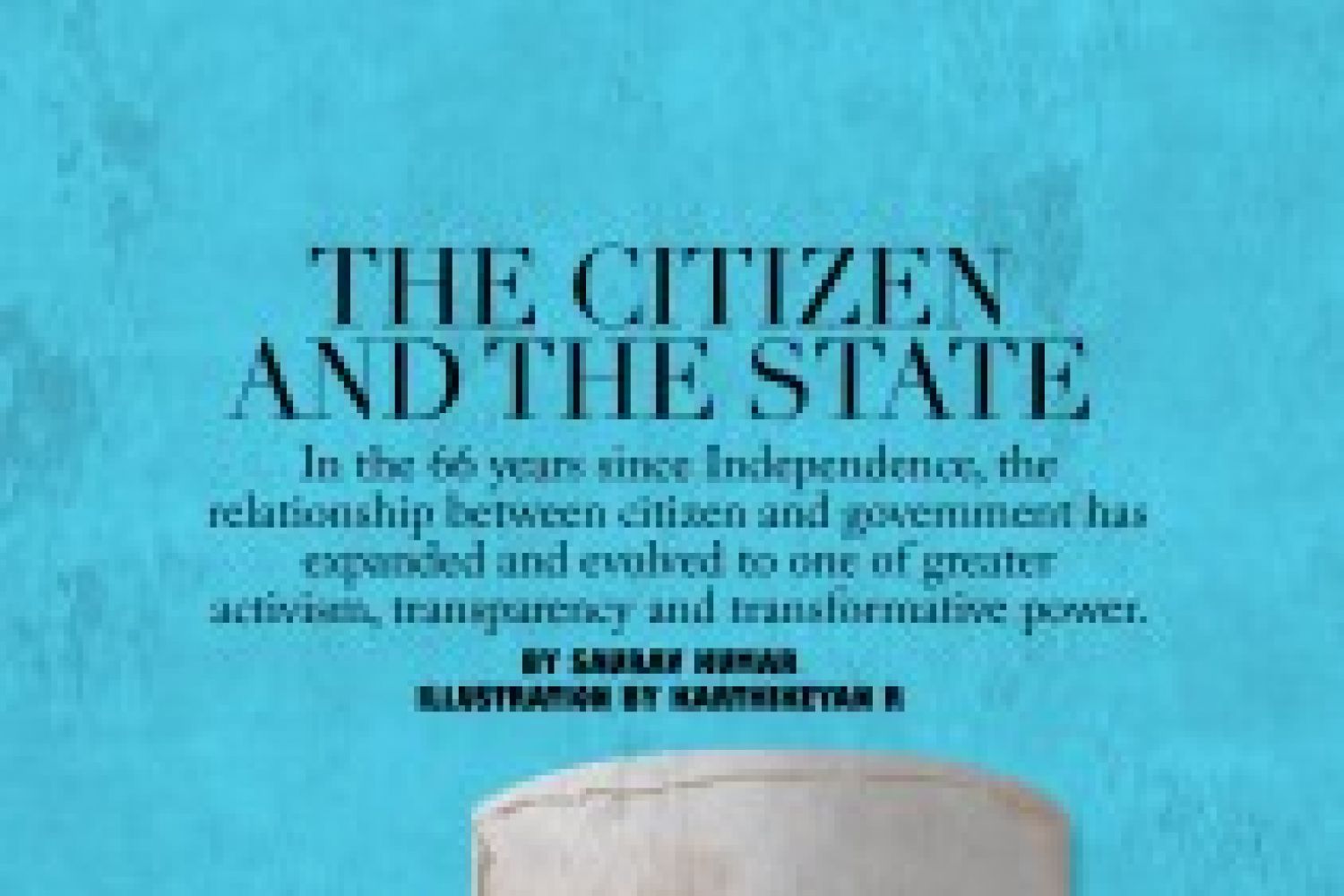
In village after
village, from little children to grandmothers, there were stained, chipped,
brittle teeth all around. There were barely any roads; Pradhan Mantri Grameen
Sadak Yojna had not made its way here yet. You could see electricity poles but
there was no power. There was one thing, though, that all villages had:
small-towered iron tanks. Most of the tanks looked like they were about to fall
apart—paint was flaking, the iron rods were bent.
The tanks announced
their purpose in





